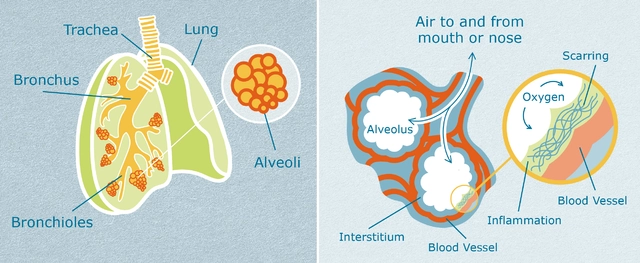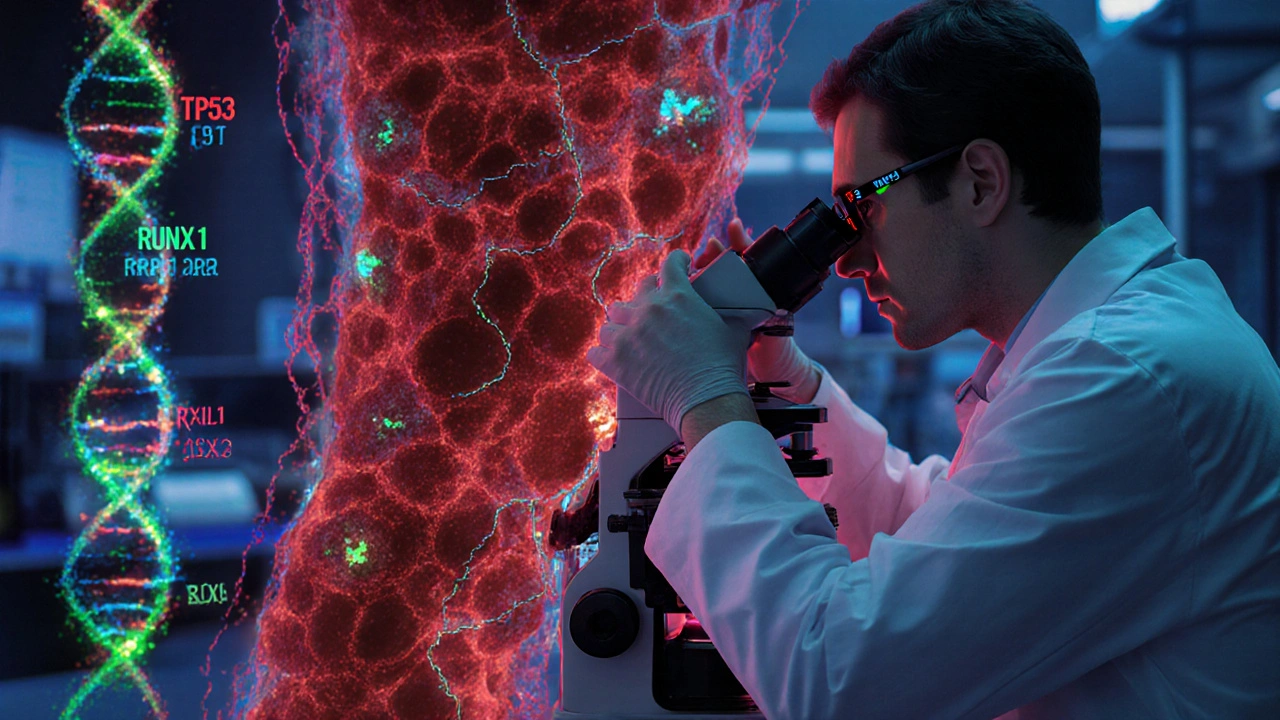Genetic Testing Bone Marrow: What It Is and Why It Matters
When you hear genetic testing bone marrow, a set of laboratory techniques that analyze DNA from marrow cells to identify inherited or acquired mutations. Also called bone marrow genetic screening, this process helps doctors pinpoint disease drivers, assess risk, and decide if a patient is a good match for a transplant.
One of the biggest decisions in hematology revolves around bone marrow transplant, the replacement of diseased marrow with healthy donor cells. Transplant success hinges on how well donor and recipient DNA line up, which is where HLA typing, the matching of human leukocyte antigens, comes into play. Accurate HLA typing reduces graft‑versus‑host disease and boosts survival rates. In short, genetic testing bone marrow feeds the transplant pipeline, from initial diagnosis to final graft selection.
Key Technologies Driving Modern Testing
Today, next‑generation sequencing, high‑throughput DNA analysis that reads millions of genetic fragments at once is the workhorse behind most marrow tests. NGS can spot single‑point mutations, copy‑number changes, and structural rearrangements that older methods miss. Its speed and depth mean doctors get a full genetic picture in days instead of weeks, allowing faster treatment decisions. Coupled with digital PCR and flow cytometry, NGS creates a layered view of the marrow’s genetic landscape, guiding everything from targeted therapy to enrollment in clinical trials.
Beyond technology, the clinical context matters. For acute leukemias, identifying FLT3, NPM1, or IDH mutations informs which drugs will work best. In myelodysplastic syndromes, the presence of TP53 alterations predicts higher relapse risk and may shift a patient toward early transplant. These examples illustrate how genetic testing bone marrow not only diagnoses disease but also tailors therapy to each individual's genetic profile.
Looking ahead, emerging tools like single‑cell sequencing and CRISPR‑based assays promise even finer resolution. Imagine a test that separates malignant from healthy marrow cells one by one, or a rapid screen that predicts whether a specific donor’s immune cells will attack the recipient. While still in research labs, these advances hint at a future where every marrow transplant is a precision match, minimizing complications and maximizing cure rates.
Below, you’ll find a curated collection of articles that dive deeper into each of these topics—drug interactions, transplant protocols, new diagnostic markers, and more. Whether you’re a patient seeking clarity, a caregiver looking for actionable tips, or a clinician staying current, the posts ahead break down the science into practical takeaways you can use right away.
Genetics of Bone Marrow Disorders: Key Findings and Clinical Impact
Explore how genetic mutations drive bone marrow disorders, the main genes involved, testing options, and emerging therapies in clear, practical terms.
About
Medical Research
Latest Posts


7 Alternatives to Duloxetine for Managing Pain and Anxiety
By Marcel Kornblum Mar 29, 2025

Alpine Lady's Mantle Supplement: Benefits, Uses & Safety Guide
By Marcel Kornblum Sep 22, 2025

The Impact of Idiopathic Pulmonary Fibrosis on Relationships and Social Life
By Marcel Kornblum Apr 30, 2023

